Articles

Understanding Isostatic Pressing in Food Processing and Other Industries
2 years agoIsostatic pressing is a process that involves applying equal pressure to a compacted powder in order to achieve optimal density and microstructure uniformity. This process is commonly used in various industries, including food processing.
Learn More

How Rotavapor Can Improve Your Distillation Process and Save You Time
2 years agoA Rotavapor, also known as a rotary evaporator, is a laboratory apparatus used for distillation, purification, and extraction of solvents. It consists of a heating bath, rotation flask, and a condenser, which work together to remove the solvent from a sample.
Learn More
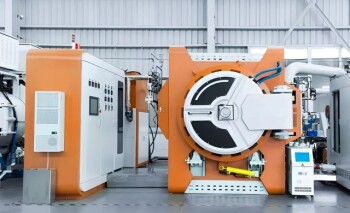
Understanding the Isostatic Pressing Process: From Inception to Applications
2 years agoThe isostatic pressing process was pioneered in the mid-1950s and has steadily grown from a research curiosity to a viable production tool.Many industries apply this technique for the consolidation of powders or defect healing of castings. The process is used for a range of materials, including ceramics, metals, composites, plastics, and carbon.It has found wide application in industries for the consolidation of powders or defect healing of castings. It offers unique benefits for ceramic and refractory applications, allowing for the formation of product shapes to precise tolerances and reducing the need for costly machining.
Learn More
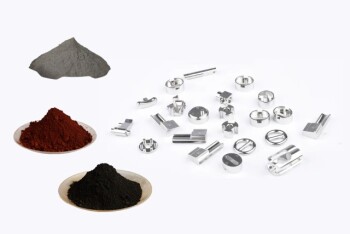
Isostatic Pressing The Future of Powder Metallurgy
2 years agoIsostatic pressing is a powder metallurgy process that uses pressure to compact a powder into a specific shape. The powder is placed into a flexible container, such as a rubber mold or a metal can, and then subjected to a uniform pressure from all directions.
Learn More

Understanding the Isostatic Pressing Process and its Types
2 years agoIsostatic pressing, a technique that applies hydrostatic pressure to a material to improve its density and mechanical strength, has seen significant growth and development over the years. Isostatic pressing is commonly used for the consolidation of powders and defect healing of castings, making it a versatile process for a range of materials including ceramics, metals, composites, plastics, and carbon.
Learn More

Comprehensive Guide to Isostatic Pressing: Types, Processes, and Features
2 years agoIsostatic pressing is a versatile manufacturing process that is widely used in various industries. It involves subjecting a material to equal pressure from all directions to achieve uniform density and shape. Isostatic pressing offers numerous advantages, such as the ability to produce complex shapes, uniformity in material properties, and high precision.
Learn More

How Rotary Evaporators are Revolutionizing Distillation
2 years agoRotary evaporators, also commonly referred to as rotovaps, are laboratory equipment used for the separation of solvents from a mixture through the process of distillation.
Learn More

Impact Analysis of COVID-19 on the Global Isostatic Pressing Market
2 years agoIsostatic pressing systems, which use fluid or gas pressure to uniformly modify materials, are experiencing significant growth in the global market. These systems are used in various industries and offer numerous benefits, making them a popular choice for manufacturing high-performance components.
Learn More

Revolutionize Your Spectroscopy Analysis with FTIR Pellet Press
2 years agoFTIR (Fourier Transform Infrared) spectroscopy is a widely used technique to analyze the chemical composition of various materials. This method is particularly useful for samples that are difficult to analyze using other techniques.
Learn More
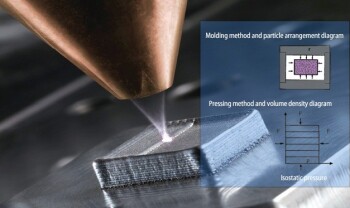
Understanding the Role of Isostatic Pressing in Improving Additive Manufacturing Materials
2 years agoIsostatic pressing plays a crucial role in improving additive manufacturing materials, but what exactly is it? Isostatic pressing is a technique used to enhance the properties of materials by applying equal pressure from all directions. This process helps to eliminate porosity and achieve uniform density in the final components. By understanding the ins and outs of isostatic pressing, we can unlock the potential for stronger and more reliable additive manufacturing materials.
Learn More
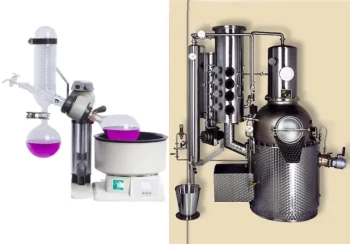
How Rotary Evaporator is Different from Conventional Distillation
2 years agoRotary evaporator and conventional distillation are two widely used methods for separating mixtures. While both techniques aim to achieve the same end goal, they differ significantly in their principles and efficiency.
Learn More
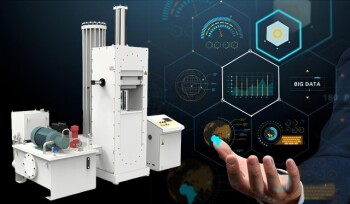
Comprehensive Analysis of Isostatic Pressing Techniques
2 years agosostatic pressing is an essential technique in the manufacturing industry, used for shaping and consolidating materials. It involves subjecting a material to uniform pressure from all directions, resulting in enhanced density and improved mechanical properties. Isostatic pressing is widely employed in various industries, including aerospace, automotive, and healthcare, due to its ability to produce complex and high-quality components.
Learn More

Wet Bag Isostatic Pressing and Dry Bag Isostatic Pressing: A Comparative Study
2 years agoIsostatic pressing is an essential manufacturing process that is used to produce high-quality and complex parts. Two common methods of isostatic pressing are wet bag isostatic pressing and dry bag isostatic pressing.
Learn More
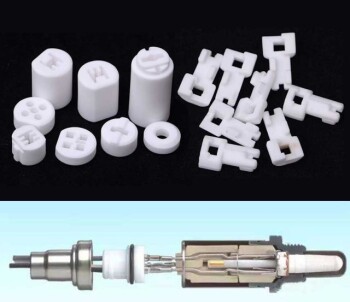
The Advantages of Using Isostatic Pressing for Oxygen Sensors
2 years agoIsostatic pressing is a method of compacting powder or granulated materials into a desired shape and density. This process involves applying pressure uniformly from all directions to the material, typically using a fluid medium such as gas or liquid.
Learn More

High-End Rotary Evaporator (Rotavapor) Options Is It Worth the Cost
2 years agoRotary evaporators, also known as rotavaps, are laboratory equipment used for distillation and solvent recovery. They work by rotating a sample flask while simultaneously subjecting it to a vacuum, which reduces the boiling point of the solvent and causes it to evaporate.
Learn More

Analysis of the Isostatic Pressing Market
2 years agoIsostatic pressing, is a manufacturing process that involves applying high-pressure gas to a material in order to shape and consolidate it. This technique is widely used in various industries, including aerospace, automotive, and medical, due to its ability to produce high-quality, defect-free components.
Learn More
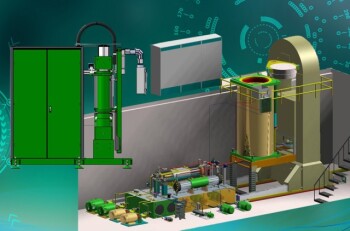
The Benefits of Cold Isostatic Pressing
2 years agoCold Isostatic Pressing (CIP) is a process used to compact powders into a specific shape or size. This method involves subjecting the powders to high pressure, typically between 100 and 200 MPa, in a liquid medium.
Learn More
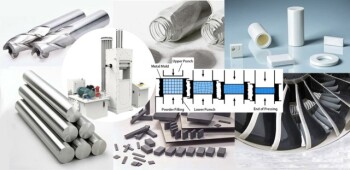
An In-depth Study of Isostatic Presses: Types, Applications, and Advantages
2 years agoIsostatic presses play a crucial role in various industries, offering unique capabilities for material consolidation and product creation. These powerful machines apply equal pressure from all directions, resulting in products with uniform density and reduced defects. Isostatic presses are divided into two main types: Cold Isostatic Presses (CIP) and Hot Isostatic Presses (HIP). Each type functions under different conditions, allowing for a wide range of applications.
Learn More

Additive Manufacturing for Isostatic Pressing: Bridging New Technology with Traditional Manufacturing
2 years agoThe goal of most powder-based manufacturing processes, such as powder metallurgy (PM), is to produce dense parts with less than 1% porosity without melting the starting material. The loose powder used in these processes typically has a low stacking density, with a theoretical maximum density of only 64% for randomly stacked perfectly spherical particles. However, by using proper powder particle size distributions or deformable powders, packing densities of over 90% can be achieved.
Learn More
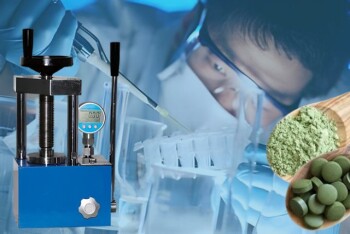
Benchtop KBr Pellet Press: A Comprehensive Overview
2 years agoIf you're looking for a way to compress powdered materials into uniform pellets without contamination, then the KBr Pellet Press might just be the perfect solution for you. Whether you're working in a pharmaceutical, biological, nutrition, or spectrographic lab, this hand-operated press offers convenience and efficiency in a small package.
Learn More
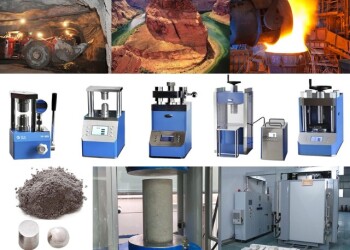
Understanding the Functioning and Applications of a Hydraulic Pellet Press
2 years agoA hydraulic press is a compression device that makes use of an exerted force placed upon a fluid, to create a resulting force according to Pascal’s Law. It was actually invented by Joseph Bramah, so is also known as the Bramah Press.
Learn More

Understanding Hydraulic Pellet Press: Working Mechanism and Applications
2 years agoA hydraulic press, also known as a Bramah press, is a machine that uses fluid pressure to generate a force. This force can be used to compress or mold materials. Hydraulic presses are commonly used in manufacturing and industrial applications due to their ability to exert a large amount of force while still being easy to operate.
Learn More

From Lab to Kitchen The Versatile Applications of Rotary Evaporator
2 years agoA rotary evaporator, also known as a rotovap, is a laboratory device used for separating solvents from samples using evaporation. The device consists of a rotating flask and a condenser that is cooled by either air or water.
Learn More

Manual Hydraulic Pellet Press: An Efficient Tool for Spectral Analyses Preparation
2 years agoThe manual hydraulic pellet press offers several key features that make it a valuable tool for laboratory applications. Some of the main features include:Availability of pressing tools in different diameters: 40mm, 32mm, and 15mm;Availability of pressing tools in different diameters: 40mm, 32mm, and 15mm;Designed pressure force display in 10 kN steps;Ease of operation via hand lever;Convenience in cleaning;Single-stage piston stroke of maximum 25mm ect.
Learn More

The Effect of Powder Moisture Content on Cold Isostatic Pressing
2 years agoCold Isostatic Pressing (CIP) is a manufacturing process used to create high-density ceramics and metals. This process involves placing the powder into a flexible mold, which is then pressurized with a liquid medium to create a uniform density.
Learn More
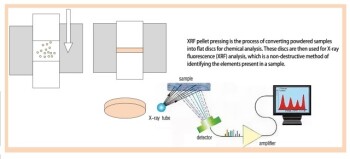
Comprehensive Guide to Manual Hydraulic Pellet Press
2 years agoA manual hydraulic pellet press is a valuable tool in the laboratory for preparing pellets with a smooth and homogeneous surface for spectral analyses. It is commonly used in applications such as X-ray fluorescence analysis or infrared spectroscopy for elemental analysis.
Learn More
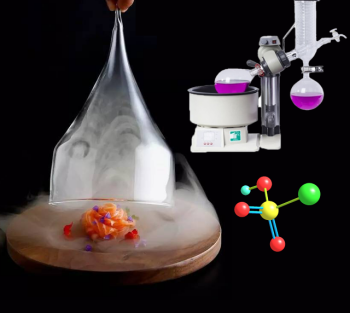
From Chemistry to Cooking The Versatility of Rotary Vacuum Evaporator
2 years agoA rotary vacuum evaporator is a laboratory equipment that uses a rotating flask to remove solvents from a sample. It works by creating a vacuum in the system, which lowers the boiling point of the solvent and allows it to evaporate at lower temperatures.
Learn More
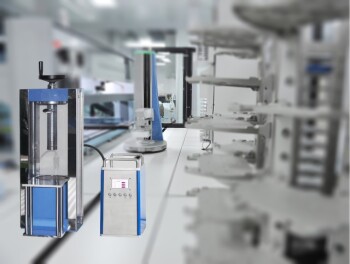
The Future of Lab Presses in Research and Development
2 years agoLab presses are an essential tool in research and development for a wide range of industries, including pharmaceuticals, materials science, and electronics.
Learn More
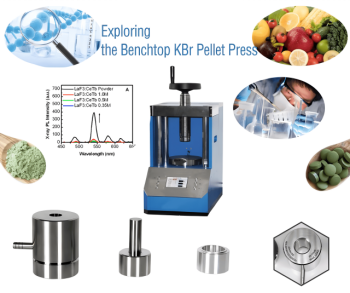
Exploring the Benchtop KBr Pellet Press: Features, Mechanism, and Applications
2 years agoThe benchtop KBr pellet press is a versatile and essential tool in a variety of laboratory settings. Whether you work in pharmaceuticals, biology, nutrition, or spectroscopy, this compact and user-friendly press will simplify your sample preparation process.
Learn More
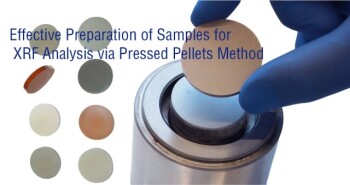
Effective Preparation of Samples for XRF Analysis via Pressed Pellets Method
2 years agoThe process of making pressed pellets for XRF analysis is a popular and widely used method. It offers several advantages over other sample preparation techniques. Pressed pellets have a higher signal-to-noise ratio compared to loose powder samples, allowing for the detection of even the lightest elements.
Learn More